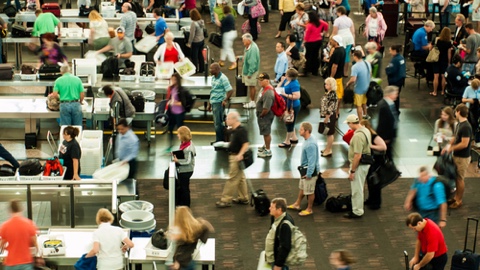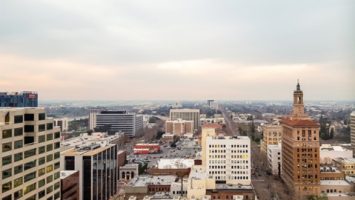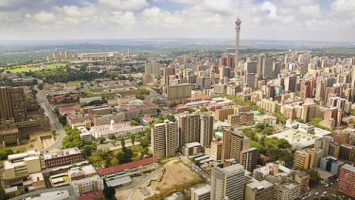
The Transportation Security Administration (TSA) is currently testing a number of initiatives using smart technologies, such as biometrics, facial recognition, scanners for bottled liquids, and computed tomography.
U.S. Customs and Border Protection is working on biometric scanners for entry and exit to the country, which can scan fingerprints or perform facial recognition upon entry, and alert officials if subjects did not exit the country by the required time. TSA is looking at the possibility of integrating those systems into all commercial flights. To this end, it is collecting data on the biometric systems through an opt-in program that allows travelers to check in by scanning their fingerprints instead of presenting documents.
Facial recognition can be used to ensure that the person who presents identification in the form of a passport or license is in fact that person. “We are just getting into our next phase of our biometric authentication technology initiative and that will look at both facial recognition at the travel document checker area as well as working with our airport authorities and airlines that already have cameras around the airports and trying to capture that data,” Steve Karoly, acting administrator in the office of Requirements and Capabilities Analysis at the TSA, said.
Airports in Boston and Phoenix currently have pilot programs using computed tomography – a system that can examine luggage contents without opening them.
“[Computed tomography] uses 3D imaging to screen baggage at the checkpoint,” Karoly said. “In today’s environment, we have that technology down in the checked baggage area in many airports. The reason it wasn’t brought up to the checkpoint sooner was the fact that it is very large and very costly, years back, and it couldn’t fit into the checkpoint environment.”


